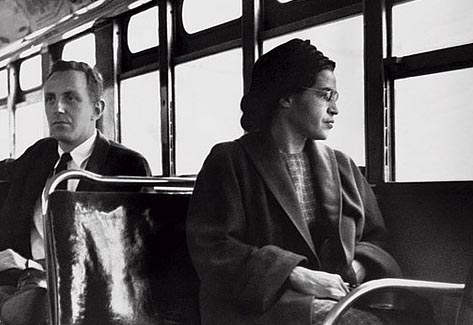Celebrate Black History Month by highlighting the African American artists, educators, icons, and influential leaders that have impacted our nation's history and culture with these PBS LearningMedia resources.
MUSIC: THE LEGENDARY DUKE ELLINGTON
Introduce your young students to the toe-tapping genres of ragtime and jazz through the story of iconic musician, Duke Ellington. This video segment from Weston Woods presents the story of Duke by Andrea Davis Pinkney, illustrated by Brian Pinkney, about Duke Ellington, one of the founding fathers of jazz. When Duke Ellington was young, his parents wanted him to learn to play the piano. Although he began lessons, he was soon lured away by his love of baseball. Later, as a teenager he heard the new musical style called "ragtime" and he was inspired once again to learn to play piano. Soon, he created his own style of music using “hops” and “slides” on the piano. He became a popular entertainer with a flair that attracted many fans. Grades 1-4
HISTORY: ROSA PARKS' CHALLENGE
Enhance classroom discussion around the Civil Rights Movement with this interview of Rosa Parks and ask your students to examine her role in the struggle for racial equality. This interview with civil rights activist Rosa Parks describes her role in the Montgomery Bus Boycott. On December 1, 1955, Parks refused to give up her seat to a white man on a bus in Montgomery, Alabama. Her refusal sparked a massive bus boycott that lasted 381 days, ending on December 21, 1956, after the United States Supreme Court ruled that racial segregation on city buses was unconstitutional. Grades 3-12


